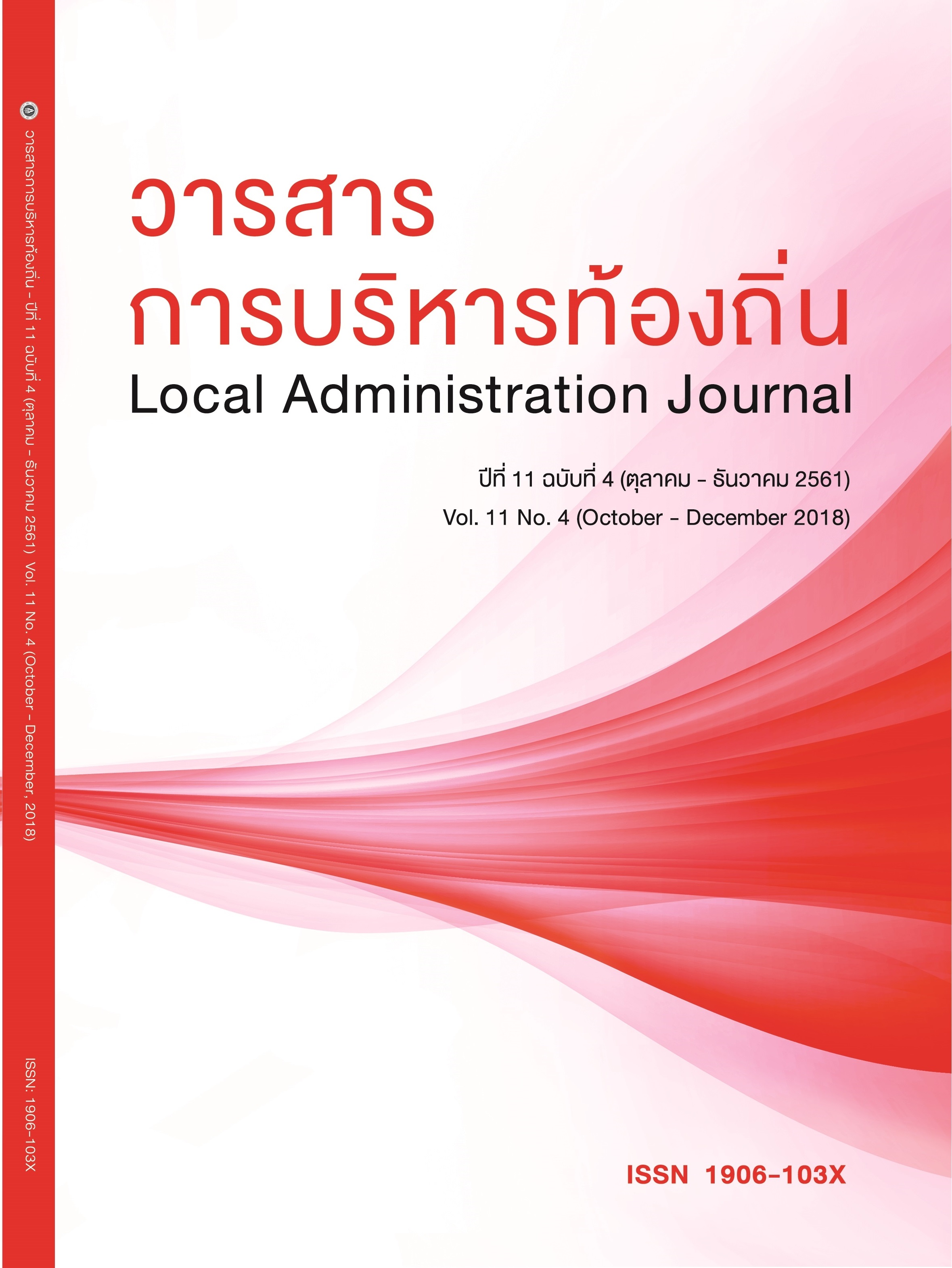Buddhist Cultural Tourism: A Case Study of the Upper Mekong Border Communities in Chiang Rai Province
Keywords:
Buddhist cultural tourism, Buddhism, Upper Mekong Border CommunitiesAbstract
This article aimed to explore the concept of the Buddhist cultural tourism in the upper Mekong border communities in Chiang Rai Province during the end of Buddhist Lent. The authors employed a qualitative research methodology. Findings are as follows. 1) Buddhist cultural tourism is a form of activity that related to the traditions of the Buddhist people such as merit making. 2) The End of Buddhist Lent is a tradition that encourage people in the upper Mekong border communities to perform great meritorious deeds according to the Buddhist Doctrine or ten bases of meritorious action. The related tradition is known as the worship of the Buddha’s footprint for paying the gratitude. All traditions and rituals are an important part of supporting to propagate the Buddhist Doctrines and the succession of Buddhism. 3) The Buddhist cultural tourism in the upper Mekong border communities of Chiang Rai province should be promoted in the following areas: budgetary support, training for residents on the history of the communities, public relations, security, hygiene, immigration documents, and extra discounted accommodation for tourists.
Additional Files
Published
How to Cite
Issue
Section
License
The copyright of all articles published in the Local Administration Journalis owned by the College of Local Administration, Khon Kaen University.



